中国书法艺术是一门历史悠久的艺术形式,其发展历程可以追溯到公元前2000年左右的甲骨文时期。随着时间的推移,书法经历了篆书、隶书、楷书、行书和草书等不同阶段,每种书体都有其独特的风格和特点。在唐代,书法达到了鼎盛时期,出现了如颜真卿、柳公权等著名书法家。宋代则以行书和草书为主流,而元代则以赵孟頫为代表的书法家将书法艺术推向了新的高度。明清时期,书法艺术继续发展,出现了许多流派和风格,如“金石派”、“碑学”等。中国书法已成为一种国际性的艺术形式,吸引了来自世界各地的爱好者和学者。通过学习中国书法,人们可以了解中国文化的深厚底蕴和历史变迁,同时也能培养自己的审美能力和文化素养。
In the vast expanse of cultural heritage that China has bequeathed to the world, Chinese calligraphy stands as a unique and timeless art form, intertwining the essence of ancient wisdom, philosophy, and aesthetics with the intricate beauty of brushstrokes on paper. This ancient practice, dating back to the Shang Dynasty (c. 1600-1046 BCE), has evolved over millennia, becoming not just a means of communication but a profound expression of personal sentiment and spiritual pursuit. This essay endeavors to delve into the intricacies of Chinese calligraphy, its historical context, technical aspects, and its enduring significance in contemporary times.
Historical Roots and Evolution
The origins of Chinese calligraphy can be traced to the oracle bone inscriptions of the Shang period, where divinatory messages were etched onto animal bones using a sharp tool. This primitive form gradually evolved into a more refined art as the use of bamboo slips and ink brushes became prevalent during the Zhou Dynasty (1046-256 BCE). The development of the "six styles of seal script," a classification system for different forms of calligraphy based on their structural complexity and aesthetic characteristics, marked a significant milestone in the evolution of the art.
Subsequent dynasties saw further refinement and innovation, with the Qin and Han periods witnessing the emergence of cursive scripts like clerical script (lì shū) and running script (chǎo shū), which facilitated faster communication while retaining the elegance of calligraphic art. The Tang and Song dynasties (618-907 CE and 960-1279 CE, respectively) saw the peak of calligraphic excellence, with names like Emperor Xuanzong of Tang and Mi Fu becoming synonymous with masterful brushwork and expressive styles.
Technical Aspects and Styles
Chinese calligraphy is not merely about the act of writing; it is an art form that requires a deep understanding of proportions, dynamics, and the manipulation of ink and brush. The "four treasures of the study"—brush, inkstick, paper, and sealing wax—are essential elements that define the practice. The choice of brush, its size, bristle quality, and how it is held directly impacts the outcome of each stroke. Inksticks, once made from soot and resin, are now available in various colors and formulations, allowing for a range of effects in terms of opacity and dryness.
The art is characterized by five primary styles: seal script (zhòu), official script (lǐ), clerical script (lì), running script (chǎo), and cursive grass script (cǎo). Each style embodies different aesthetic ideals: from the formal elegance of seal script to the fluidity and spontaneity of running script. The masterful execution of these styles requires not only technical proficiency but also a deep understanding of the underlying philosophy and emotions that each style conveys.
Philosophical Underpinnings
At its core, Chinese calligraphy is deeply rooted in Chinese philosophy, particularly the concepts of Taoism and Confucianism. The Taoist notion of "spontaneity" encourages a natural flow in brushstrokes, where each stroke is an expression of the artist's inner state rather than a mechanical repetition. Confucianism, on the other hand, values harmony and balance in all aspects of life, including calligraphy, where proportions and structures are meticulously planned yet executed with a sense of effortlessness.
Moreover, calligraphy is often seen as a meditative practice, where the act of writing becomes a form of self-cultivation. It is believed that through calligraphy, one can cultivate patience, concentration, and a deeper connection with one's inner self. The process of creating a piece is often more important than the final product itself, as it serves as a means to achieve mental tranquility and spiritual enlightenment.
Contemporary Significance
Despite being a centuries-old tradition, Chinese calligraphy remains vibrant and relevant in contemporary society. It has become an integral part of cultural diplomacy, with many international events showcasing Chinese calligraphy as a means to promote cultural exchange and understanding. In recent years, there has been a resurgence of interest in traditional arts among young generations in China and abroad, fueled by the rise of social media platforms that have made it easier to share and appreciate calligraphic works.
Furthermore, calligraphy has found its way into modern design and digital media. Digital tools like tablet PCs equipped with pressure-sensitive pens have made it possible for artists to create digital versions of traditional calligraphic styles while preserving their essence. This fusion has opened up new avenues for creativity while preserving the art's rich heritage.
Conclusion
Chinese calligraphy is more than just an exercise in handwriting; it is a living testament to China's profound cultural traditions and aesthetic values. Its evolution over millennia reflects not only technical advancements but also philosophical and spiritual insights that have shaped Chinese society. In an era where technology continues to reshape our lives, Chinese calligraphy serves as a reminder of the enduring power

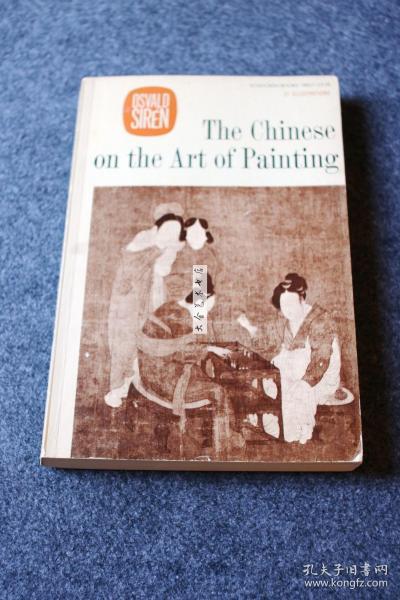

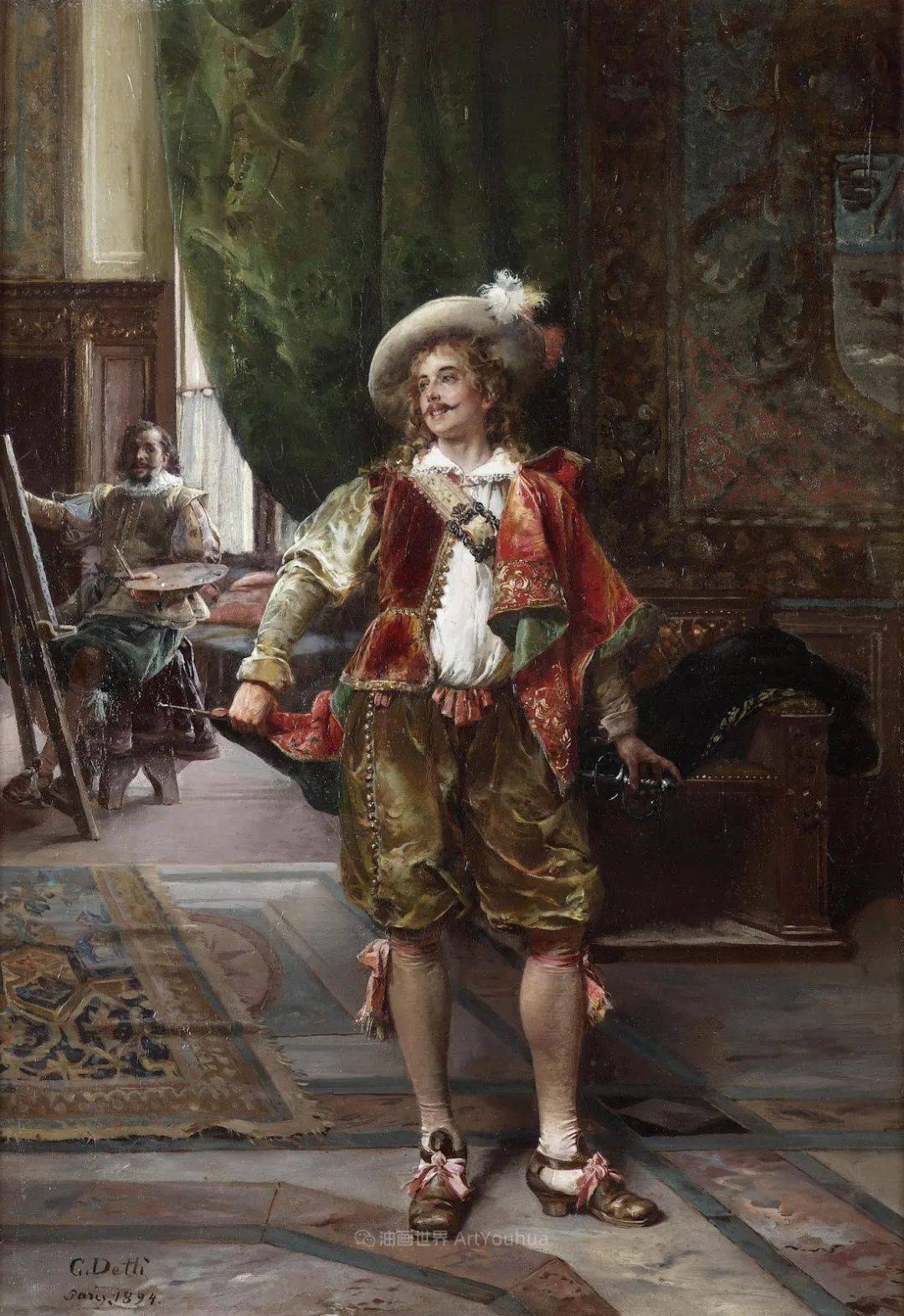

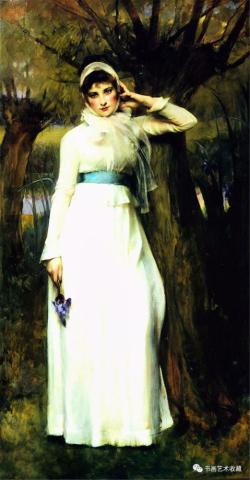
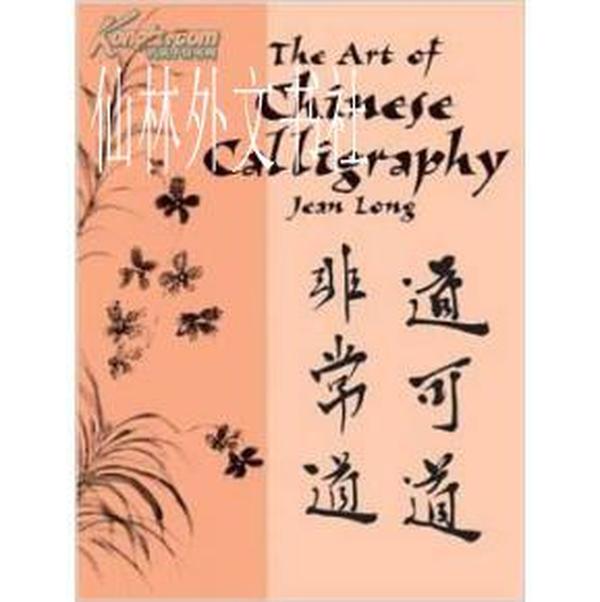


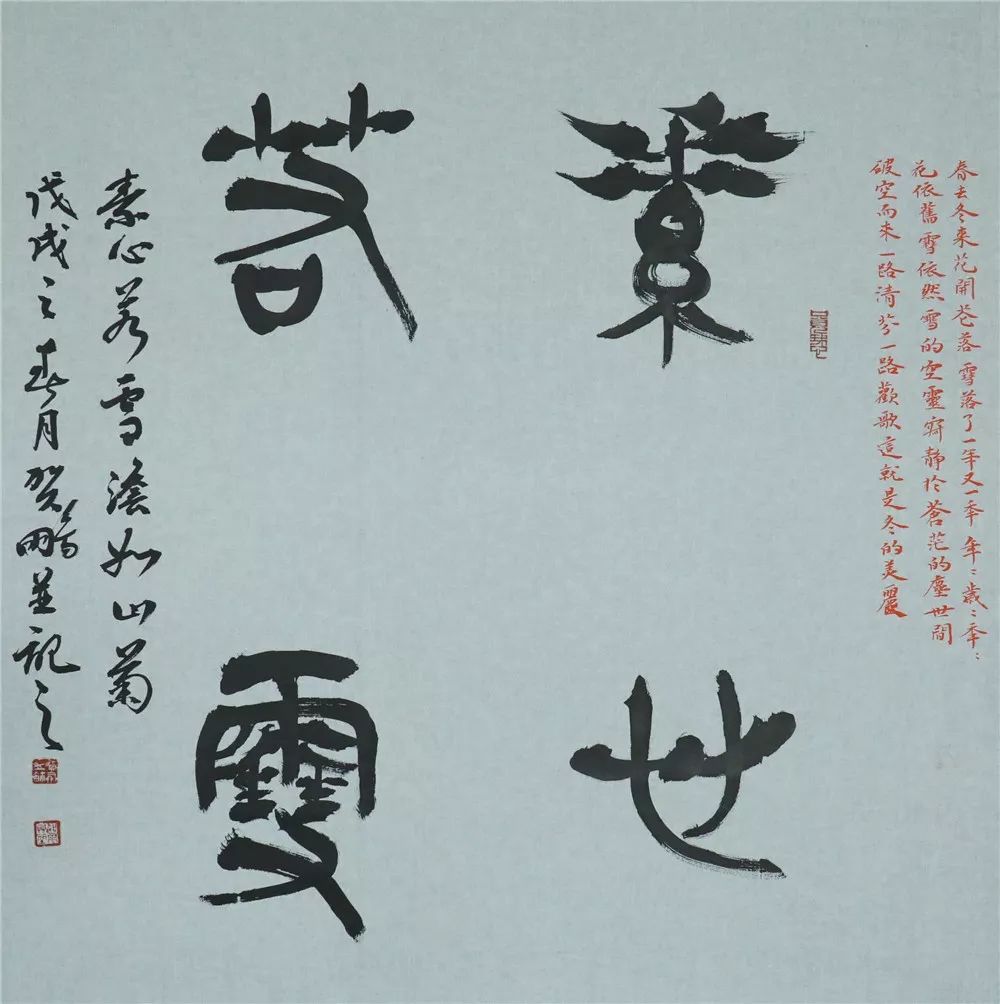
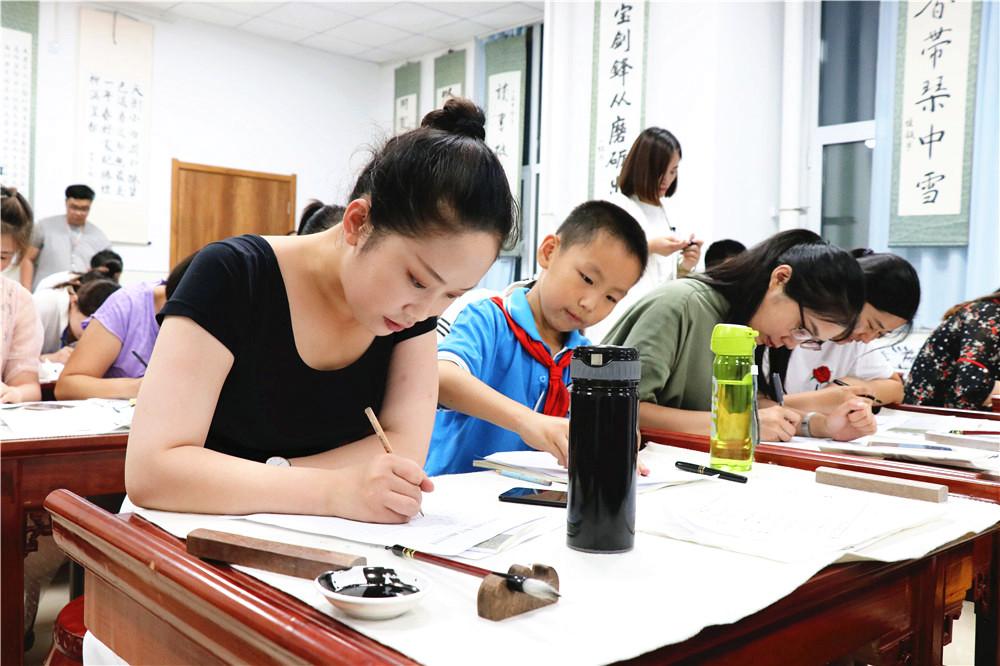



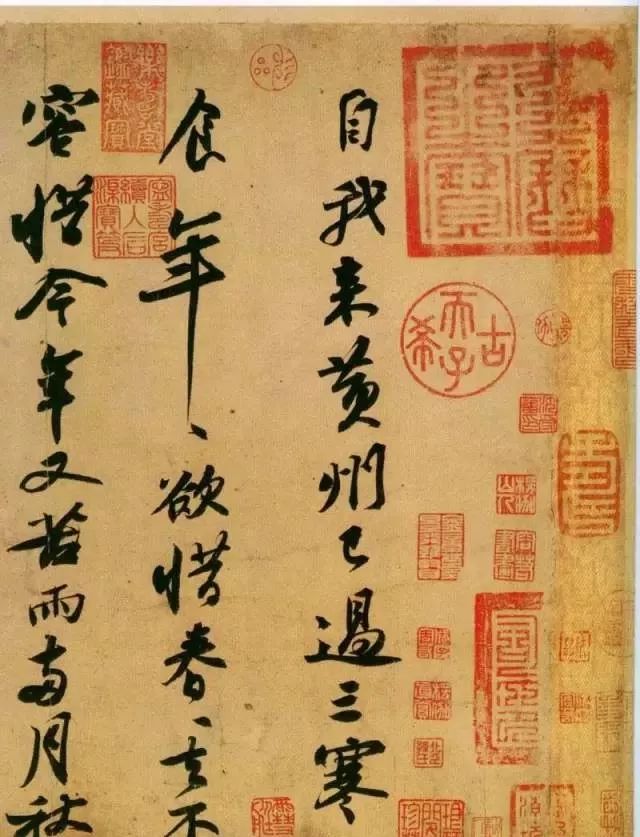

 京公网安备11000000000001号
京公网安备11000000000001号 京ICP备11000001号
京ICP备11000001号
还没有评论,来说两句吧...